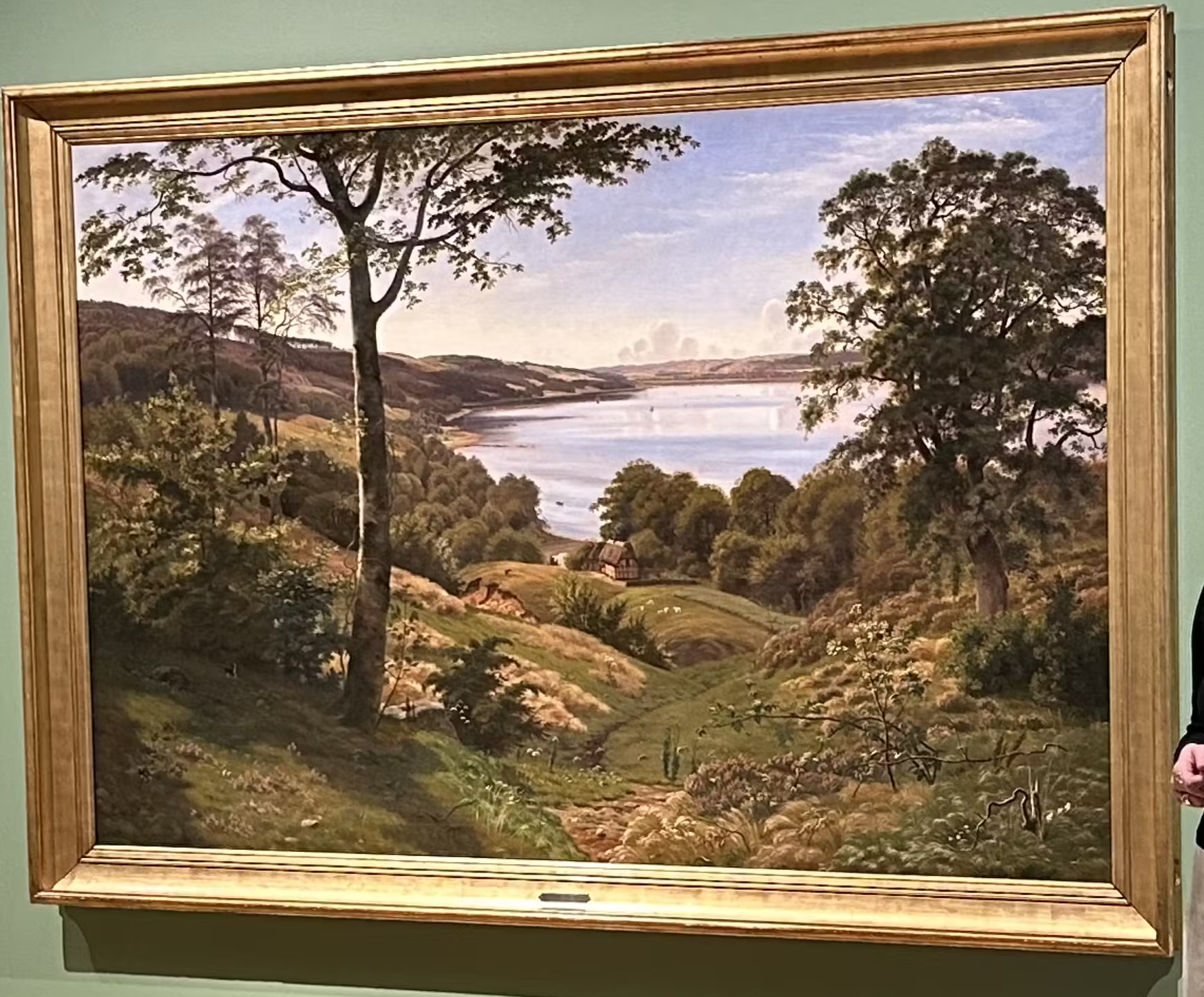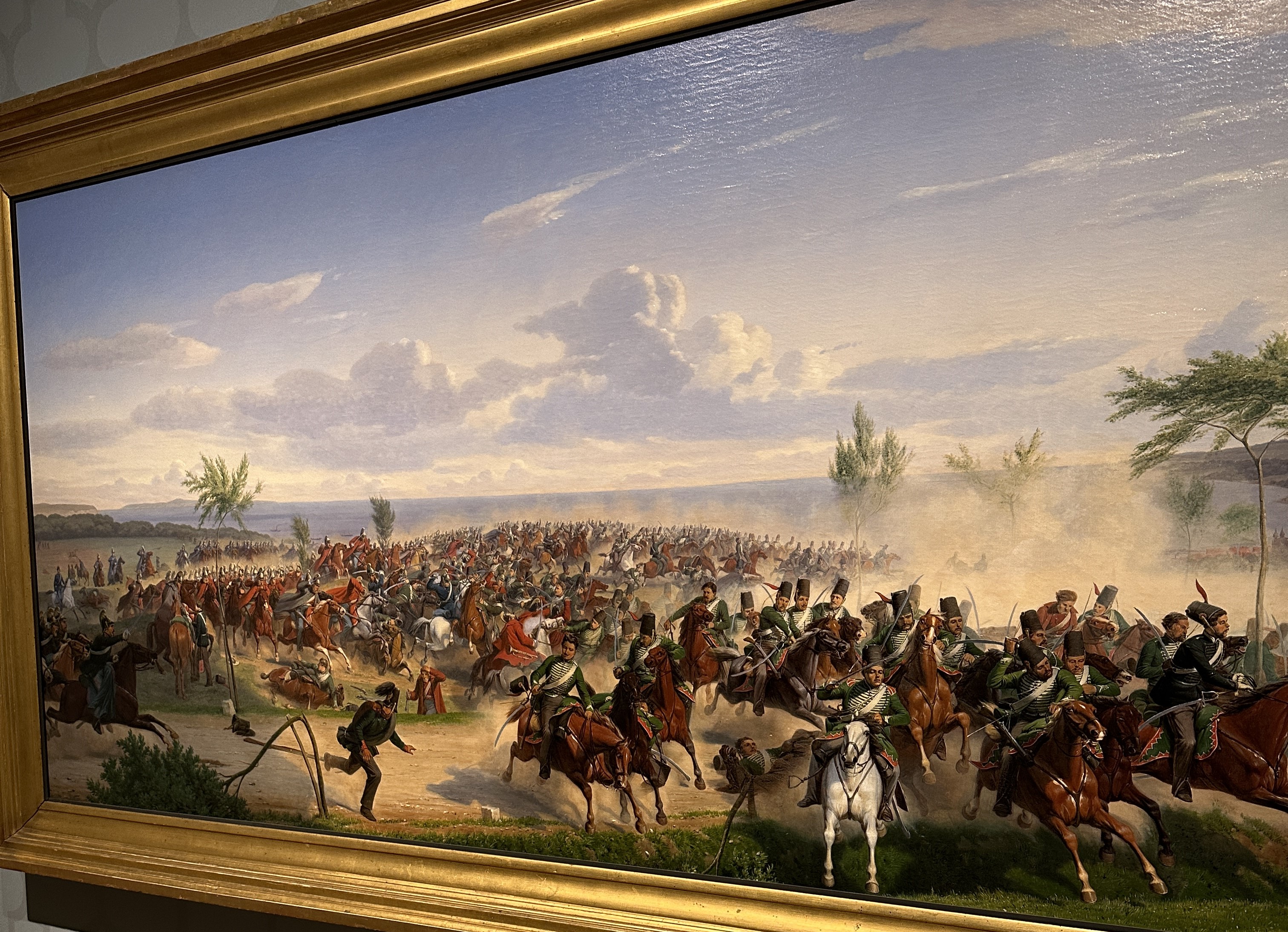Game Log 1 – Experience

Game Log 1 - Experience
Team members and Roles
We divided the roles according to interest and what we felt like doing this week, as there are only two of us the amount of roles and the workload is quite a lot so we are also going to be switching roles and blending them together quite a lot so we can create a fun and functional game. We divided the role cards into crafter/gamemaster and artist/designer/storyteller.
Game ideas
Ideation wheel
We used the ideation wheel in a way that worked really well for us. Instead of sparking ideas it was used to hone the ones we had. A thought occurred on a game concept, but not necessarily the genre or culture+heritage angle. In that way we could get more ideas as well as details, as we pondered the different genres the game could take on, what values the game would strive for and the world around it (such as rewriting history or apocalyptic future).
Culture change
Cultural heritage can be used in game design in multiple ways, either as a background inspiration, such as creating a game based on a story book or painting, or as an active ingredient, such as using the art work itself in a game, f. ex. creating a game that simulates the happenings of a painting or that incorporates the painting in the gameplay. Cultural heritage can also be more subtle, like using cultural norms as a gameplay mechanic.
Culture storming
Game Ideas
- Equipping players with a special tool—like a pair of “truth glasses”—that allows them to toggle between two layers of reality. In the normal view, rooms and environments appear inviting and aesthetically pleasing (think the cheerful blue skies of the danish golden age painting). But when players switch to the “truth mode,” hidden elements (such as a disguised bomb in a seemingly bountiful room) emerge, revealing the underlying risks or decay.
- In an alternate reality, middle of a war zone picking up pant bottles and having to dodge objects thrown at you or mines or traps, alternatively trying to find a way through the maze of soldiers, while picking up bottles.
- A find-out-what's-wrong game, where you're in an environment where something is wrong, like the tree that never existed in the golden age painting or a dog being the size of an ant.
- A "divine intervention" or "playing god" game, where you can pick up npcs or give them weapons to influence the outcome of a war, playing on the idea that usually in wars people say that "god is on their side".
Inspirations
- For this reality distortion game, then first artwork (second picture above) was the biggest inspiration. The Danish golden age where painters would paint an ideal world even though the reality was quite the opposite. This sparked the thought of using the angle of what you see isn't necessarily real.
- This idea was sparked by the war painting seen above. In the painting there seems to be an older gentleman palming his head, and looks as if he's confused about where he is and what is happening around him, even though in the middle of a battle. We discussed this alternate task of doing something else, for example collecting items like bottles, while there is a war around you which you'd expect you were participating in.
- Most of the artwork inspired this idea, along with the curators narration. She mentioned several things wrong with several paintings, a tree with a combination of a trunk and leaves that doesn't exist in the real world. Other things such as horses suspended in the air, out of proportion dogs, dancing bears and bearded soldier children are also worth mentioning.
- This game idea draws inspiration from the Skirmish of Aarhus painting, as the curator mentioned the artists emphasis of including the church in the painting, stating that "god is on our side". This led to a thought process of everyone thinking god is on their side in conflict, and what if the god were in fact on no side at all, just messing with both sides.
gamejamgame
A game jam game for the Aarhus Cultural Game Jam.
| Status | In development |
| Author | arteamidk |
More posts
- Game Log 2 – Play18 days ago
